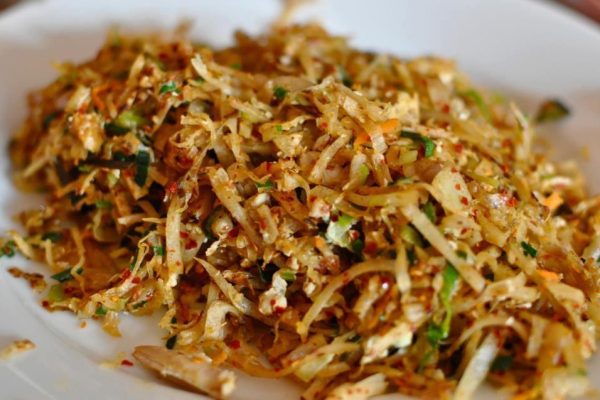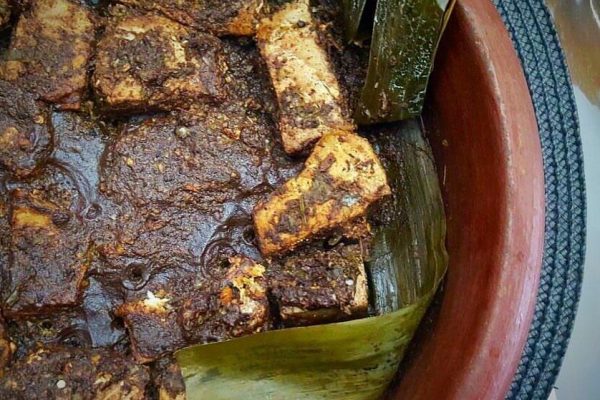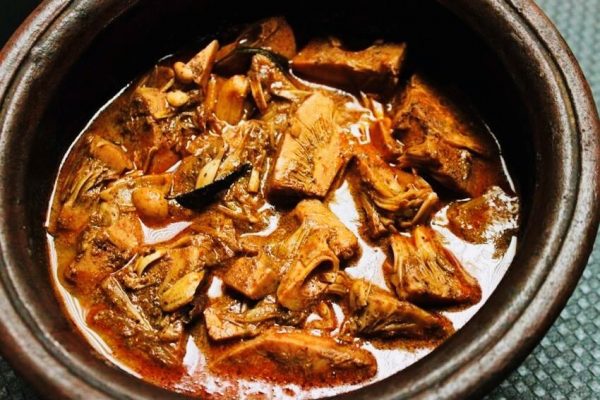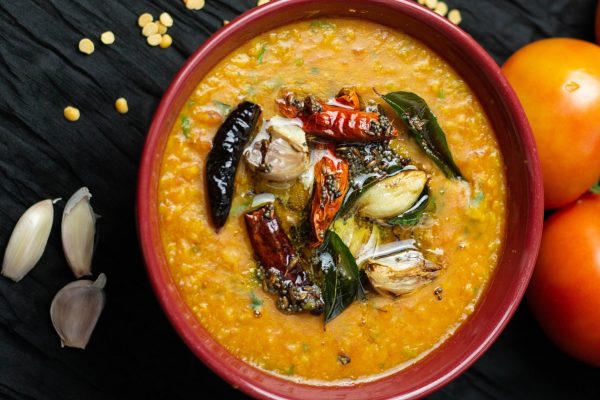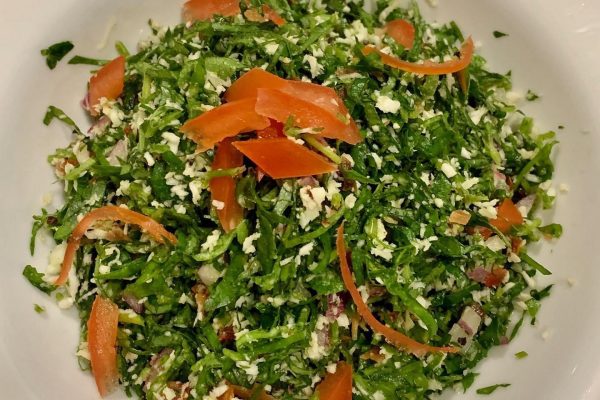Sri Lankan food is like no other. Overflowing with aromatic spices and bright colors and with innumerable variety of flavors and textures, Sri Lankan cuisine will undoubtedly give you a remarkable gastronomical adventure. It is also the culmination of the infusion and blend of diverse food items from the various cultures in the country with each ethnic community in Sri Lanka contributing their own unique addition to create the distinct flavor in Sri Lankan cuisine. Whatever dish you chose to eat, we are certain that you will be coming back for more!
Check out what we think you should not miss while discovering our beautiful island.
Milk Rice (Kiribath)
One of the most popular breakfast dishes in Sri Lanka is milk rice also used as a symbol of prosperity and an essential item to mark auspicious occasions. A bit like a savoury rice pudding, it is made by boiling white or brown kakulu rice (a type of Sri Lankan rice) with water and coconut milk until it becomes glutinous and sticky. It’s pressed into a tray and cooled, then cut into squares and served typically with a chilli and onion sambol, called ‘Lunu Miris’.
String Hoppers
A traditional Sri Lankan and South Indian specialty, it is made from a thick rice flour batter base, and squeezed through a string hopper maker (kind of like a pasta press) into thin noodles which are then steamed. Usually served with a curry, it is popular at breakfast as well as at dinner. You can eat them with a variety of curries – a few of our favorites include spicy chicken or fish, young jackfruit curry (polos curry), and potato curry
Hoppers
The Sri Lankan answer to the pancake, it is made with a batter from a slightly fermented concoction of rice flour, coconut milk, sometimes coconut water and a hint of sugar. Hoppers can be sweet or savory, but one of the local favorites is egg hoppers. An egg is cracked into the bowl-shaped pancake and is garnished with ‘lunu miris’, a sambol of onions, chilies, lemon juice and salt.
Lamprais
A contribution of the Dutch Burgher community to Sri Lankan cuisine, Lamprais, is a word that combines the two Dutch words for “lump” and “rice”. It is a combination of meat, rice and sambol chili sauce, wrapped into a banana leaf packet and steamed. A scoop of rice is placed in the center of a banana leaf, along with the mixed meat curry, two frikkadels (Dutch-style beef balls), blachan (a shrimp paste) and a starch or vegetable, usually either ash plantain or brinjals.
Kottu
Sri Lanka’s hamburger — It is literally a plate of chopped up roti mixed with curry sauce served with vegetables and meat or eggs. It is a Sri Lankan Tamil dish, which originated in Jaffna, in northern Sri Lanka. Today the Kottu Roti has many variants and has transformed into the ultimate Sri Lankan street food. Having originated as a simple way of dealing with leftovers it’s common to hear the rhythmic clank of the kottu maker on the streets during evening.
Fish Ambul Thiyal (sour fish curry)
Originating in southern Sri Lanka, this is one of the most popular fish preparations. The fish — usually something large and firm, such as tuna is cut into cubes, then sautéed in a blend of spices including black pepper, cinnamon, turmeric, garlic and curry leaves. Perhaps the most important ingredient is dried goraka, a small fruit responsible for giving the fish a sour flavor.
Polos (Green Jackfruit Curry)
It is a typical Sri Lankan curry prepared with young green jackfruit. Jackfruit is consumed in a number of different stages of ripeness, from very ripe and sweet to green and starchy. The fruit is sliced into bite-sized chunks and boiled until soft and cooked with onions, garlic, ginger and spices like mustard seeds, turmeric, chili powder, roasted curry powder, pandan leaves and curry leaf sprigs. Finally coconut milk is added and simmered till the beautiful flavors within the cubes of jackfruit.
Parippu (Dhal curry)
Dhal or ‘parippu’ as it is known in Sri Lanka is a staple Sri Lankan cuisine that is high in protein and low in calories. It’s such a simple dish that is made with coconut milk and tempered with curry leaves and it is packed with delicious aroma and flavor. The dhal curry is enjoyed with rice, roti, milk rice, string hoppers, hoppers and many other dishes in Sri Lanka.
Pol Sambol (coconut relish)
Pol sambol, which might also be called fresh coconut relish, is a simple blend of finely grated coconut, red onions, dried whole chilies or chili powder, lime juice, salt and Maldive fish (if available). The ingredients are diced or ground, then combined in a bowl. In Sri Lanka, pol sambol is used as a garnish or side dish for everything and anything.
Gotukola Mallung (Salad)
A ‘mallung’ is very much a part of the Sri Lankan diet that delivers a sizeable dose of vitamins to a meal loaded with carbs and protein while complementing the array with colorful aesthetic appeal. Prepared by mixing shredded Gotukola (Asiatic pennywort) with basic spices available, coconut, chilli, and onion among others it is best with some steaming hot white rice.
Desserts
The local favorite ‘Kiri Pani ‘ (meaning curd and honey) is a desert not to be missed during your holiday in Sri Lanka. This much popular treat of buffalo curd with a generous topping of coconut treacle has its origin from the southern part of the island and is a firm favorite among Sri Lankans. There is also a large variety of fresh tropical fruits that you can enjoy across the island.
Traditional Sweetmeats
Traditional dishes known as ‘sweetmeats’ become popular during national festivals and events with each community in Sri Lanka contributing to this vast array of delicious specialties. ‘Kavum’ a kind of hot oil cake together with other traditional treats like ‘Kokis’ and ‘Aluwa’ can be enjoyed as the island celebrates the Sinhala and Tamil New Year in April. The Eid season is also a time to enjoy the very popular sweet pudding ‘Watalappam’ which is made using jaggery and egg white.







